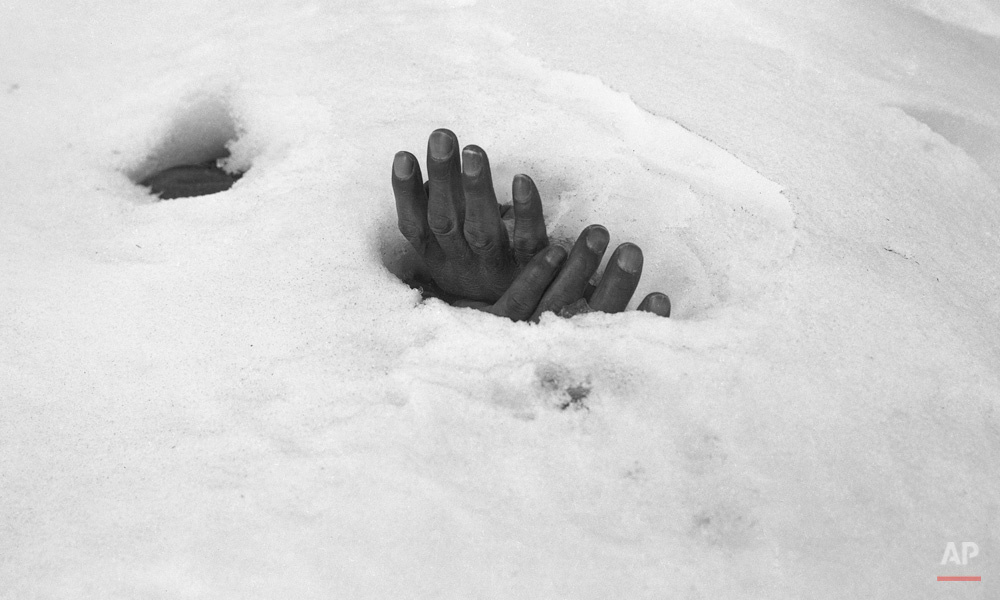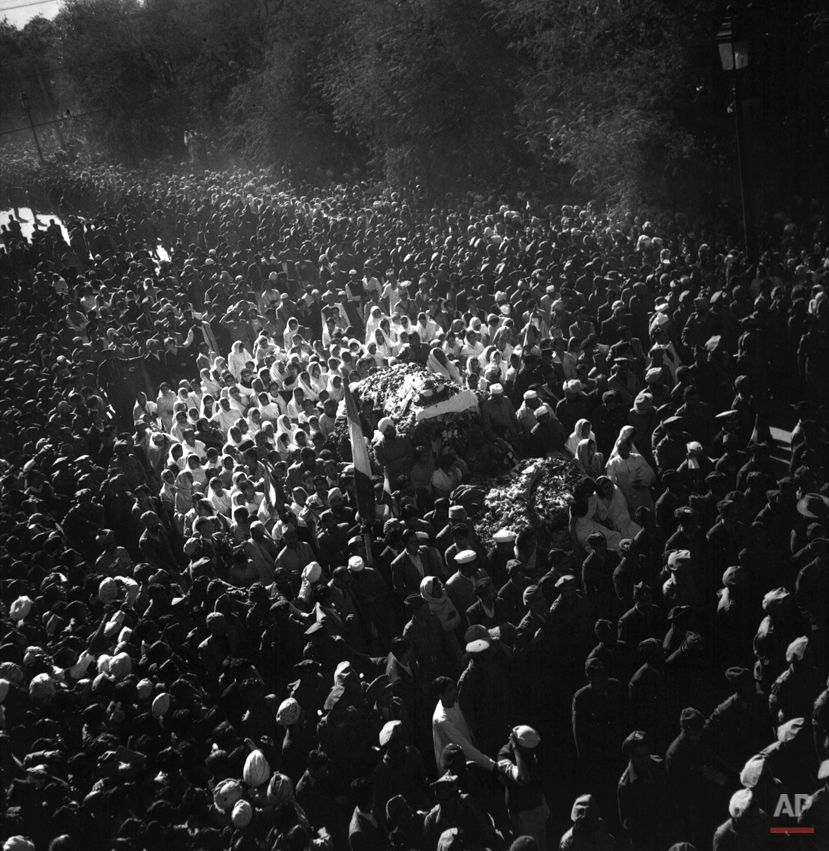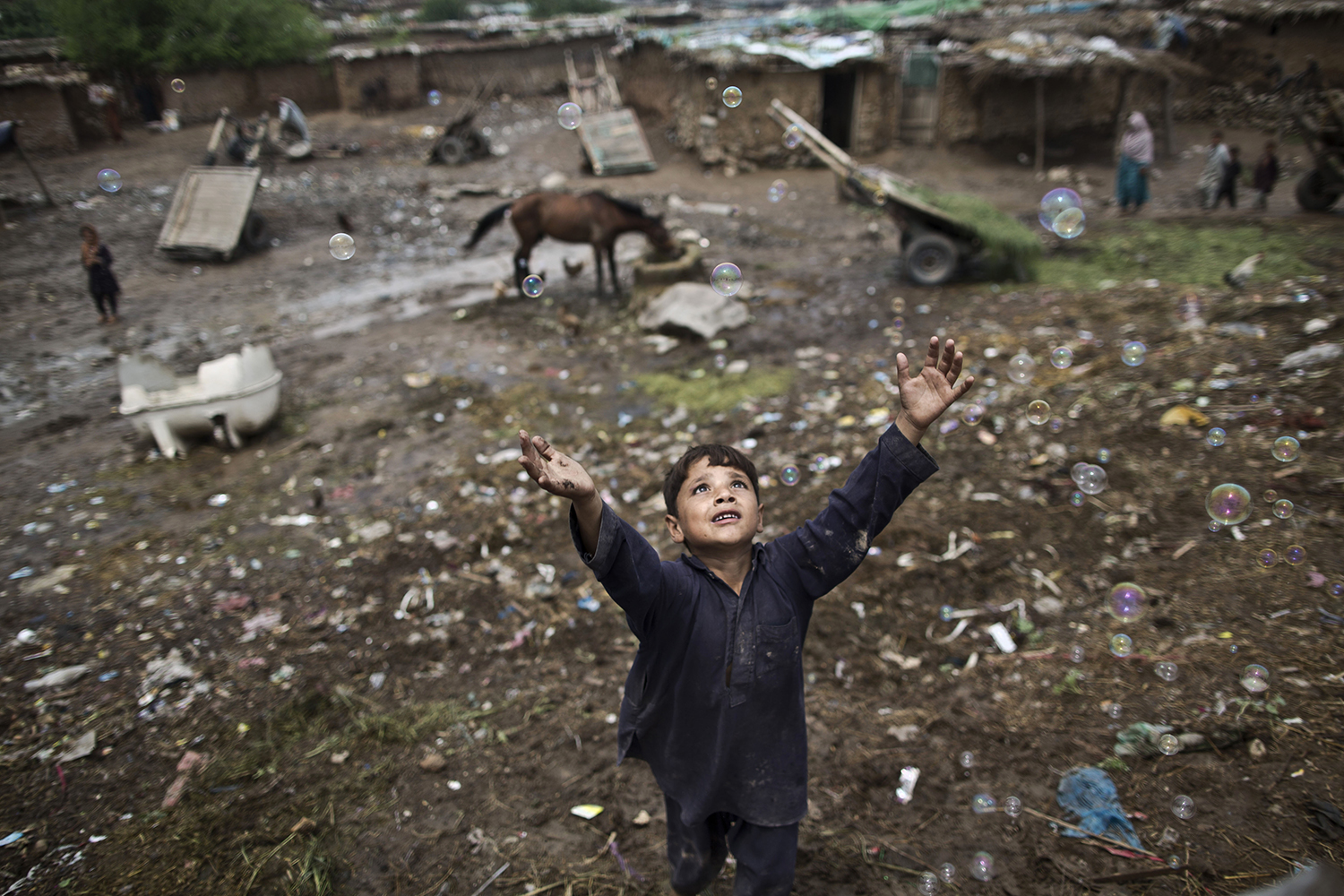Photographer Max Desfor

Few people were eyewitnesses to more 20th century history than Max Desfor.
On Dec. 7, 1941, the Associated Press staff photographer was covering a Washington football game when he heard the stadium’s public address system calling for military personnel to immediately report for duty.
Desfor assumed that something important was happening and dutifully called the office. With that he learned of the attack on Pearl Harbor, and at the age of 28, Desfor was launched on a career in international photojournalism that spanned decades.
He covered the Pacific theater during World War II, including the scorched earth of Hiroshima in the weeks following the atomic bomb blast, and was aboard the USS Missouri to document the Japanese surrender ceremony.
Desfor went on to cover the Korean War, winning a 1951 Pulitzer Prize for photography for a portfolio of images. One particular photo, showing civilians struggling across the mangled girders of a bridge in bitter cold weather, became an iconic image of that war. Desfor returned to Seoul in 2010 for an exhibition of Pulitzer Prize photos, and a display of his work, “The Forgotten War,” now tours Korea.
But Desfor was far more than a war photographer – he covered much of Asia, including China and Japan, and especially India as it gained independence from Britain. His 1946 photo of Mahatma Gandhi and Jawaharlal Nehru became the basis for an Indian postage stamp and is still revered in India today.
Desfor continued as a photographer and editor for most of his 47-year AP career, eventually becoming a photo manager at New York headquarters. In the 1970s, he moved to U.S. News and World Report as the magazine’s director of photography.
In 2012, Desfor, 98, married his friend and companion Shirley Belasco, who was 90 at the time. The couple celebrated Max’s 100th birthday with family and friends at the National Press Club in Washington last November.
On November 8, 2014, Desfor will celebrate his 101st birthday. Below is a gallery featuring a selection of his work.
Visual artist and Journalist























